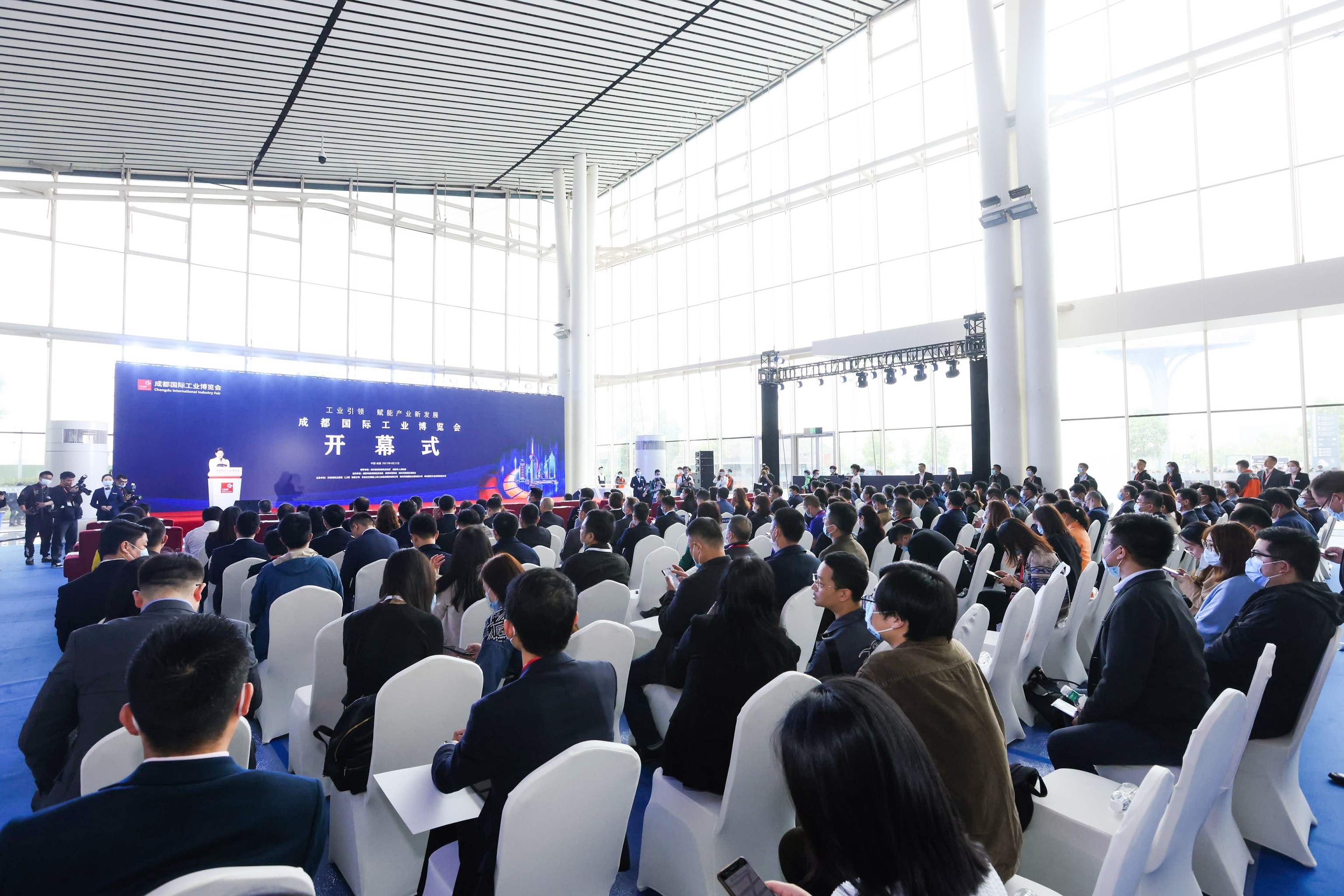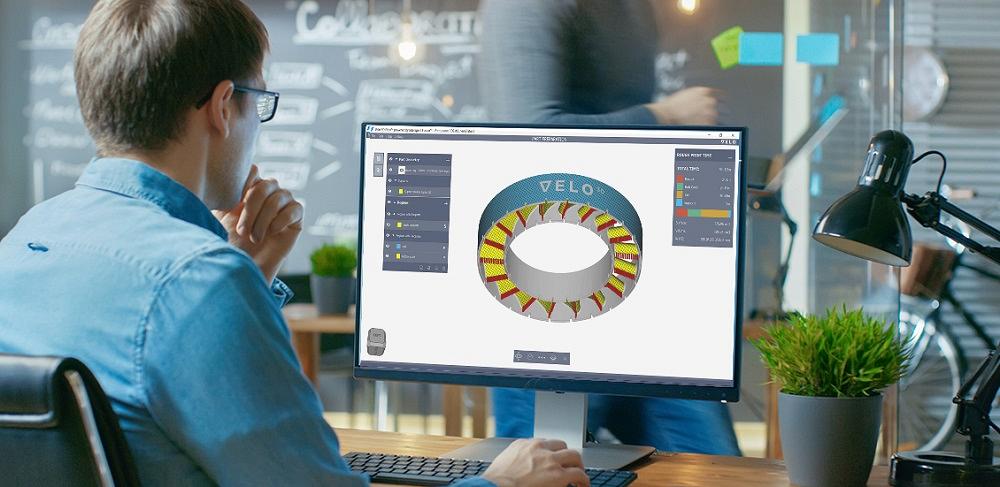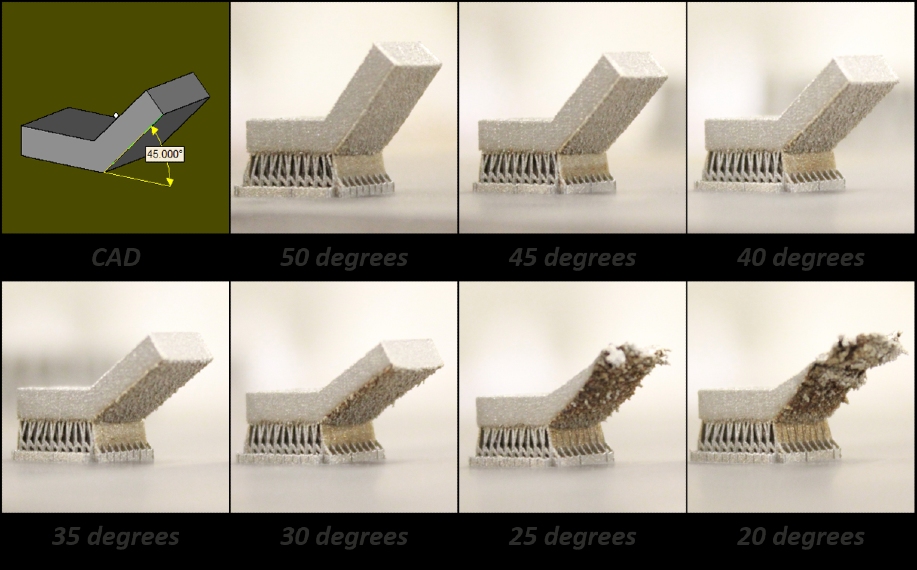



Sponsor:
Hannover Milano Fairs Shanghai Ltd.
Add: 15F & Unit A 14F, Tower A, Infun World, No.308 Lanhua Rd, Pudong New District, Shanghai
Tel: 86-21-20557000 / 86-20-89554629 (Guangzhou Branch)
Email: CDIIF@hmf-china.com
Shanghai Industry & Commerce Exhibition Co.,Ltd.
Add: 15F, Building T3, Greenland Bund Center, No.55 Huiguan Street, Huangpu District, Shanghai, China
Tel: 86-21-22068388
Email: CDIIF@shanghaiexpogroup.com
Sichuan Tianfu International Conference & Exhibition Co., Ltd.
Add: No. 88, East Section of Fuzhou Road, Tianfu New District, Chengdu, China
Tel: 028-8025 6232
Email: stex@cdtf.gov.cn
Sichuan Pengcan Culture Media Co.,Ltd
Add: Room 1804, T2, Funian Plaza, No. 666, Jitai Road, High-tech Zone, Chengdu
Tel: 028-67646118
Email: CDIIF@pengcan.com
Co-organizer:
Shanghai Yachuan Advertising Co.,Ltd.
Tel: 028-64231797
Email: sunny@iyachuan.com
Sponsor:
Hannover Milano Fairs Shanghai Ltd.
Add: 15F & Unit A 14F, Tower A, Infun World, No.308 Lanhua Rd, Pudong New District, Shanghai
Tel: 86-21-20557000 / 86-20-89554629 (Guangzhou Branch)
Email: CDIIF@hmf-china.com
Shanghai Industry & Commerce Exhibition Co.,Ltd.
Add: 15F, Building T3, Greenland Bund Center, No.55 Huiguan Street, Huangpu District, Shanghai, China
Tel: 86-21-22068388
Email: CDIIF@shanghaiexpogroup.com
Sichuan Tianfu International Conference & Exhibition Co., Ltd.
Add: No. 88, East Section of Fuzhou Road, Tianfu New District, Chengdu, China
Tel: 028-8025 6232
Email: stex@cdtf.gov.cn
Sichuan Pengcan Culture Media Co.,Ltd
Add: Room 1804, T2, Funian Plaza, No. 666, Jitai Road, High-tech Zone, Chengdu
Tel: 028-67646118
Email: CDIIF@pengcan.com
Co-organizer:
Shanghai Yachuan Advertising Co.,Ltd.
Tel: 028-64231797
Email: sunny@iyachuan.com
Sponsor:
Hannover Milano Fairs Shanghai Ltd.
Add: 15F & Unit A 14F, Tower A, Infun World, No.308 Lanhua Rd, Pudong New District, Shanghai
Tel: 86-21-20557000 / 86-20-89554629 (Guangzhou Branch)
Email: CDIIF@hmf-china.com
Shanghai Industry & Commerce Exhibition Co.,Ltd.
Add: 15F, Building T3, Greenland Bund Center, No.55 Huiguan Street, Huangpu District, Shanghai, China
Tel: 86-21-22068388
Email: CDIIF@shanghaiexpogroup.com
Sichuan Tianfu International Conference & Exhibition Co., Ltd.
Add: No. 88, East Section of Fuzhou Road, Tianfu New District, Chengdu, China
Tel: 028-8025 6232
Email: stex@cdtf.gov.cn
Sichuan Pengcan Culture Media Co.,Ltd
Add: Room 1804, T2, Funian Plaza, No. 666, Jitai Road, High-tech Zone, Chengdu
Tel: 028-67646118
Email: CDIIF@pengcan.com
Co-organizer:
Shanghai Yachuan Advertising Co.,Ltd.
Tel: 028-64231797
Email: sunny@iyachuan.com
Sponsor:
Hannover Milano Fairs Shanghai Ltd.
Add: 15F & Unit A 14F, Tower A, Infun World, No.308 Lanhua Rd, Pudong New District, Shanghai
Tel: 86-21-20557000 / 86-20-89554629 (Guangzhou Branch)
Email: CDIIF@hmf-china.com
Shanghai Industry & Commerce Exhibition Co.,Ltd.
Add: 15F, Building T3, Greenland Bund Center, No.55 Huiguan Street, Huangpu District, Shanghai, China
Tel: 86-21-22068388
Email: CDIIF@shanghaiexpogroup.com
Sichuan Tianfu International Conference & Exhibition Co., Ltd.
Add: No. 88, East Section of Fuzhou Road, Tianfu New District, Chengdu, China
Tel: 028-8025 6232
Email: stex@cdtf.gov.cn
Sichuan Pengcan Culture Media Co.,Ltd
Add: Room 1804, T2, Funian Plaza, No. 666, Jitai Road, High-tech Zone, Chengdu
Tel: 028-67646118
Email: CDIIF@pengcan.com
Co-organizer:
Shanghai Yachuan Advertising Co.,Ltd.
Tel: 028-64231797
Email: sunny@iyachuan.com
Sponsor:
Hannover Milano Fairs Shanghai Ltd.
Add: 15F & Unit A 14F, Tower A, Infun World, No.308 Lanhua Rd, Pudong New District, Shanghai
Tel: 86-21-20557000 / 86-20-89554629 (Guangzhou Branch)
Email: CDIIF@hmf-china.com
Shanghai Industry & Commerce Exhibition Co.,Ltd.
Add: 15F, Building T3, Greenland Bund Center, No.55 Huiguan Street, Huangpu District, Shanghai, China
Tel: 86-21-22068388
Email: CDIIF@shanghaiexpogroup.com
Sichuan Tianfu International Conference & Exhibition Co., Ltd.
Add: No. 88, East Section of Fuzhou Road, Tianfu New District, Chengdu, China
Tel: 028-8025 6232
Email: stex@cdtf.gov.cn
Sichuan Pengcan Culture Media Co.,Ltd
Add: Room 1804, T2, Funian Plaza, No. 666, Jitai Road, High-tech Zone, Chengdu
Tel: 028-67646118
Email: CDIIF@pengcan.com
Co-organizer:
Shanghai Yachuan Advertising Co.,Ltd.
Tel: 028-64231797
Email: sunny@iyachuan.com



































